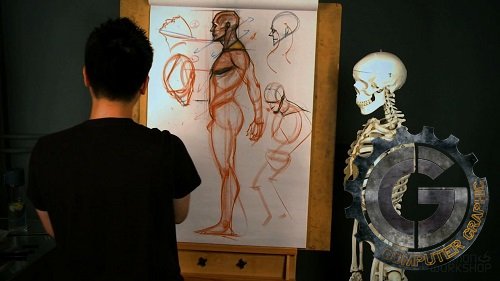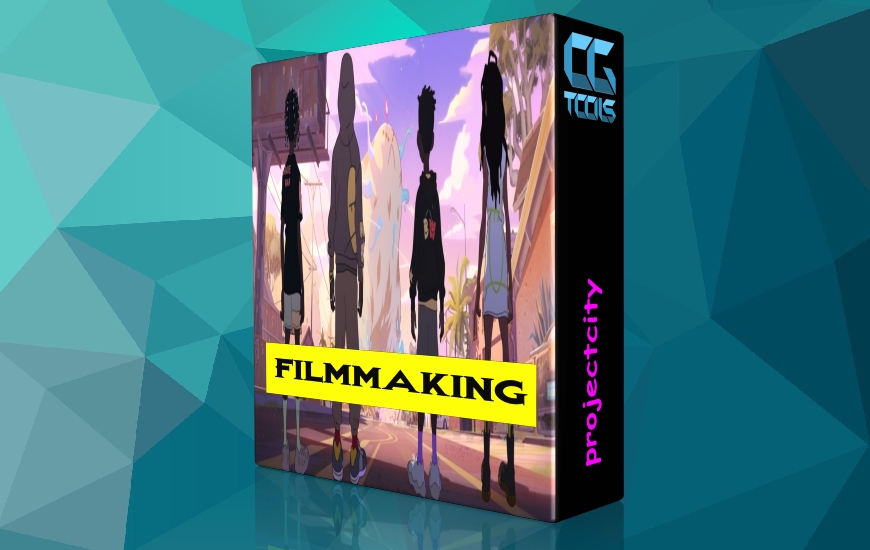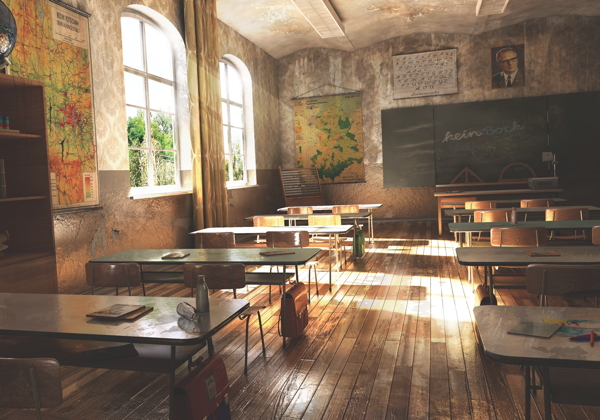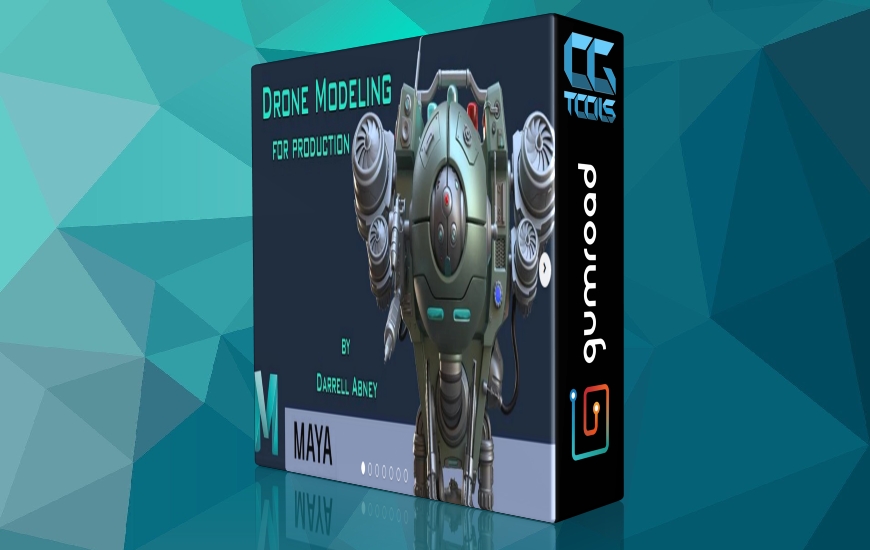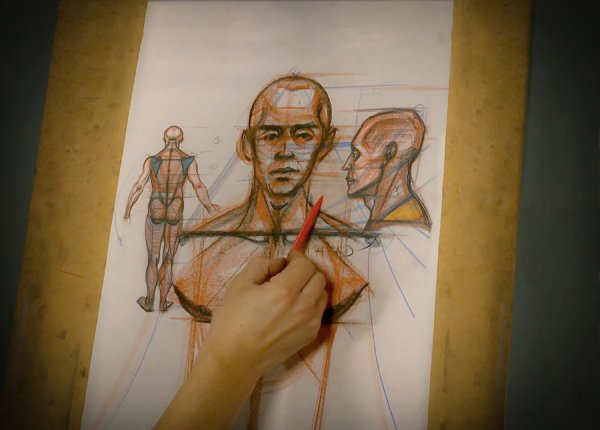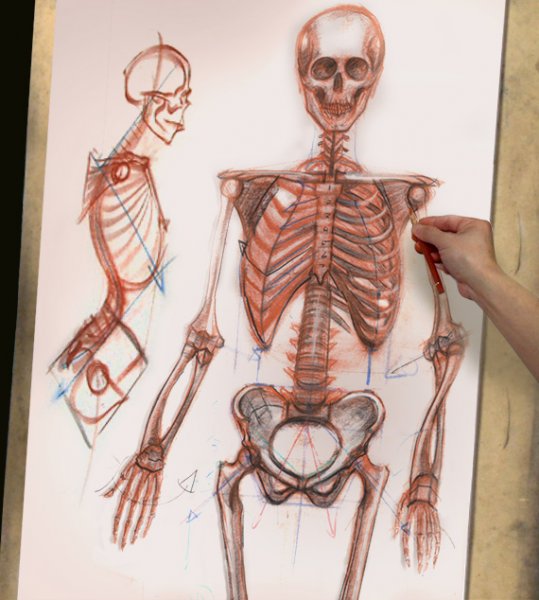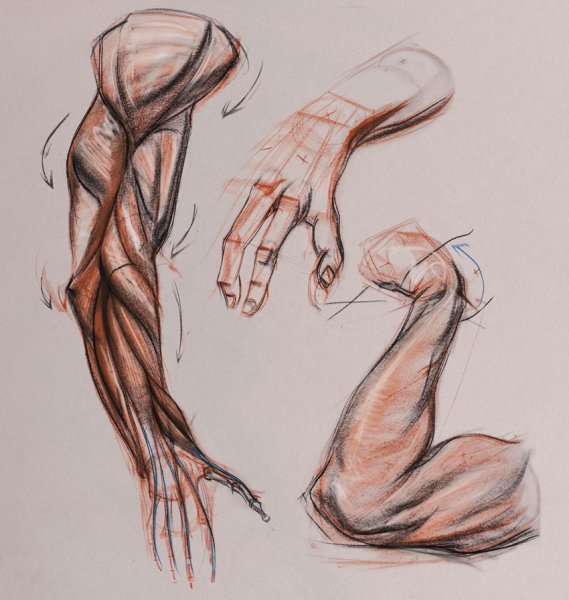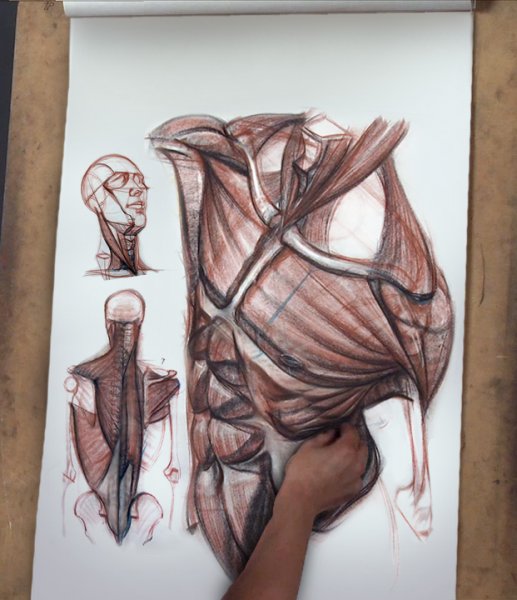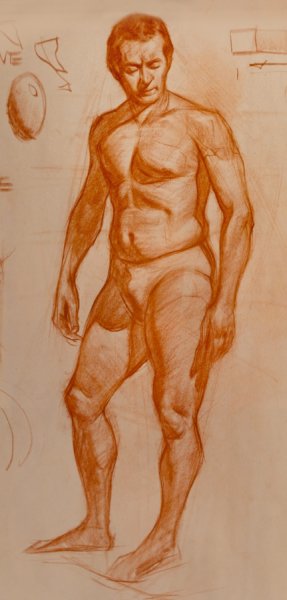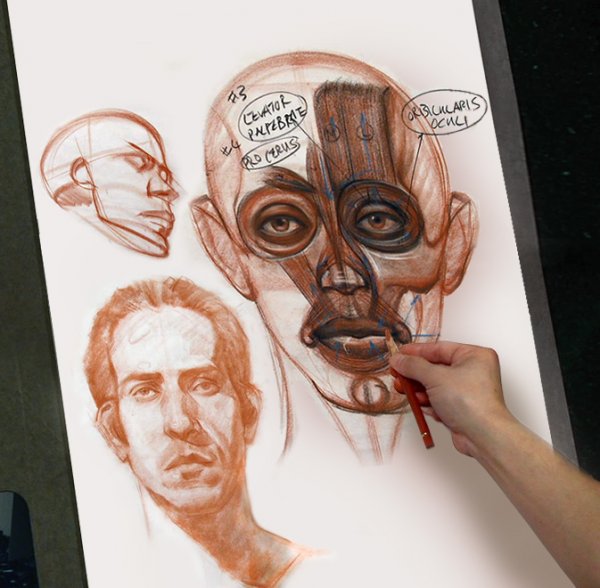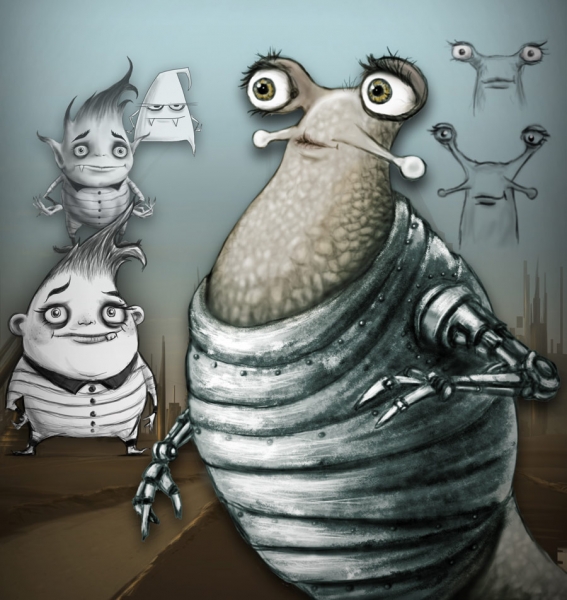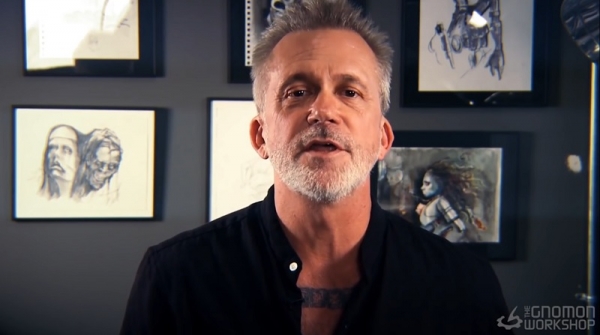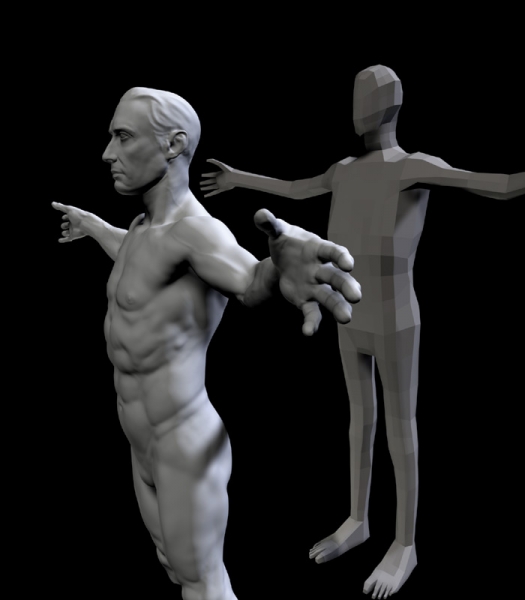این آموزش بنا به درخواست sekotere در سایت قرار گرفته است .
![]()
The Gnomon Anatomy Workshop: Volume One Structure and Proportion with Charles Hu
English | Duration: 115 minutes | Size: 3.37 GB
با سلام
این آموزش دارای 5 فصل میباشد که ما در این جا برای شما فصل اول را آماده نموده ایم. در این آموزش یکی از نقاشان بزرگ یعنی چارلز هو آناتومی بدن را مورد بحث قرار میدهد. او در مورد ساختار بدن و در واقع هنر فیگوراتیو بحث میکند. او همچنین خواهد گفت که اتصالات استخوان ها فقط به یک اتصال ساده ختم نمیشود بلکه چگونه این ساختارها در ارتباط با یکدیگر حرکت می کند.
مشاهده توضیحاتــ انگلیسی
In this first lecture of a series focusing on human anatomy as it relates to figurative art, figure painter and instructor Charles Hu discusses key skeletal and muscular landmarks along with methods for maintaining the correct proportional relationships between the various structures of the human body. Throughout the lecture, Charles refers to skeletal reference to illustrate how skeletal elements not only connect, but more importantly, how these structures move in relation to one another, providing a clear roadmap for maintaining correct proportional relationships in your figure drawings. Charles begins with an initial "mechanical" representation of the human form from the front view. He first discusses the basic proportions and structures of the human head. As the human head is often used as the base unit of measurement in figure drawing, the important landmarks and relationships between the brow region, eye sockets, cheek bones, nose, mouth and chin will be explored in great detail. After blocking in the head, the neck and shoulder area is discussed before moving down to the chest, stomach and pelvis regions. Again, key structural landmarks are discussed in order to understand the anatomical, structural, and proportional importance of each. Charles then moves on to discuss arms and legs, along with correct proportional guides for laying in key elements like elbows, wrists, knees and ankles. Once completed with the anatomical sketch from the front view, he moves onto the drawings from both the back and side views, providing a clear and comprehensive study of the base human form. Suitable for all artists developing their understanding of the figure and its complex anatomical relationships, this lecture and demonstration is an immersive and critical foundation.

